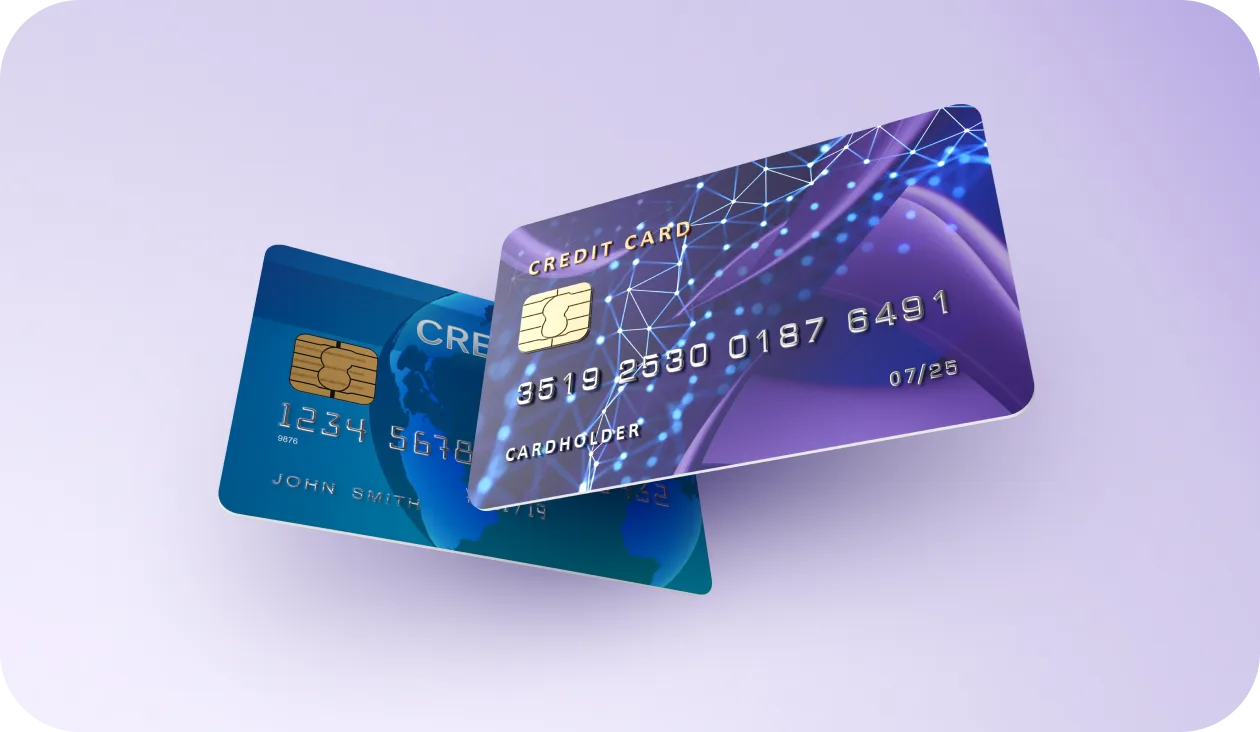
The Smartest Way to Build Credit: Your No‑Annual‑Fee Card Game Plan
You want a higher score without paying for the privilege. Same. Here's the thing: a single no‑annual‑fee card, used with a little discipline, can do more for your credit than a stack of fancy rewards cards. I write for Consumer's Best, so my job is simple—help you build credit faster and cheaper, then point you to the right reviews when you're ready. If you searched for Credit Cards for Building Credit, you're in the right place.
Why a no‑annual‑fee card is the quiet power move
Fees drain momentum. When you pay nothing to carry the card, every on‑time payment and low balance adds up with zero drag. Plus, you can keep the account open for years, which quietly boosts your average account age—one of those behind‑the‑scenes factors lenders actually care about.
Believe it or not, simplicity wins here. No annual fee means fewer reasons to close the card later, which keeps your foundation stable. That stability is why no‑fee Credit Cards for Building Credit are such an easy first win.
Secured vs. unsecured: which should you start with?
If your history is thin or non‑existent, a secured card is often the fastest yes. You put down a refundable deposit—say $200—and that becomes your limit. From there, it behaves like a normal card: it reports to the bureaus, builds payment history, and can sometimes graduate to unsecured after a few months of clean use.
If you can prequalify for an unsecured no‑annual‑fee starter card, great—less cash tied up. If not, a secured option is still a win. In both cases, look for Credit Cards for Building Credit that report to all three bureaus and offer a clear upgrade path.
A simple 30‑60‑90 game plan that actually works
First 30 days: turn on autopay for the statement balance and run a couple of small, predictable purchases—think your phone bill or gas. Keep usage low from day one. You're training your file to show on‑time, no‑drama behavior.
Days 31‑60: keep the balance under 30% of your limit, ideally under 10% when the statement cuts. Scores love low utilization. Still paying in full. No need to carry a balance—interest doesn't help your credit, it just costs money.
Days 61‑90: ask (politely) for a credit‑limit increase if you've been flawless. Not everyone gets it, but a higher limit makes staying under that 10% mark easier. This is the moment Credit Cards for Building Credit start to compound your progress.
What to look for in a starter card (without the gotchas)
You want the boring stuff done right: no annual fee, reports to all three bureaus, a clean path to a higher limit, and autopay that actually works. If it's secured, make sure the deposit is refundable and there's a real chance to graduate. If it's unsecured, watch for sneaky monthly fees or awkward 'program' charges that make a free card not so free.
Extra nice‑to‑haves: a mobile app you don't hate, text alerts, and a free credit score so you can see gains. These details make Credit Cards for Building Credit feel effortless day to day.
Myths that quietly slow people down
Myth one: you need to carry a balance to build credit. Nope. Paying in full and on time is the gold standard. Interest doesn't boost scores; repayment history does. Myth two: closing your first card 'tidies up' your profile. That can shorten your average age and trim available credit, which can nudge scores down.
Myth three: applying for a bunch of cards at once kicks things off faster. Hard inquiries and new accounts can ding you in the short term. Start with one of the solid Credit Cards for Building Credit, build for a few months, then reassess.
When a secured card is the smarter first step
If you've got thin credit, past bumps, or you're building from scratch, a secured card can be the clean slate you need. Treat the deposit like a temporary savings transfer, not a fee. After 6–12 months of perfect payments, many issuers will review you for graduation and send the deposit back.
While you're in that window, keep your spending tiny and predictable. The goal is to stack green checkmarks, not rewards points. This is where secured Credit Cards for Building Credit really shine.
Quick red flags to sidestep
If you see monthly 'maintenance' fees, big upfront 'program' fees, or unclear reporting policies, that's a hard pass. You don't need to pay to build credit. Also watch for sky‑high cash‑advance APRs and vague upgrade language. If a card can't state how it helps you grow, it probably won't.
One more thing: too‑good‑to‑be‑true approvals can mean aggressive fees later. Stick to plainly worded Credit Cards for Building Credit from issuers that actually pick up the phone when you need them.
Ready to pick? Here's how I'd do it today
Prequalify with one or two reputable issuers to see your odds without a hard pull. Choose the best no‑annual‑fee fit, set autopay on day one, and run only the bills you were already going to pay. Give it 90 days, then check your score and reconsider your limit. If you want specific picks, I break down my favorites in the Consumer's Best no‑annual‑fee starter card review for 2025—it's the straight‑talk version, no fluff.
You don't need ten products to win here. One steady card, a calm plan, and a few months of patience. That's the whole playbook for Credit Cards for Building Credit.





